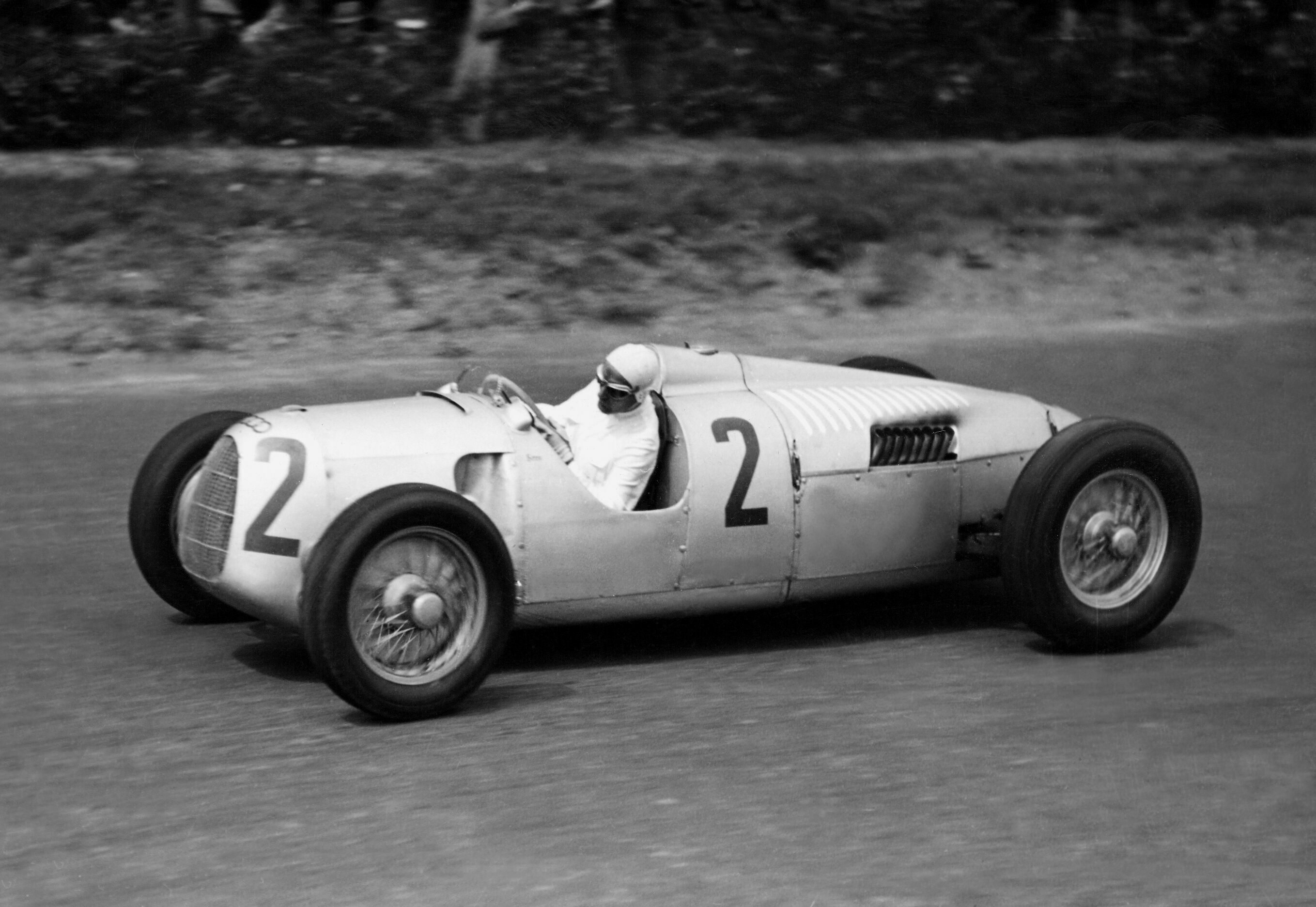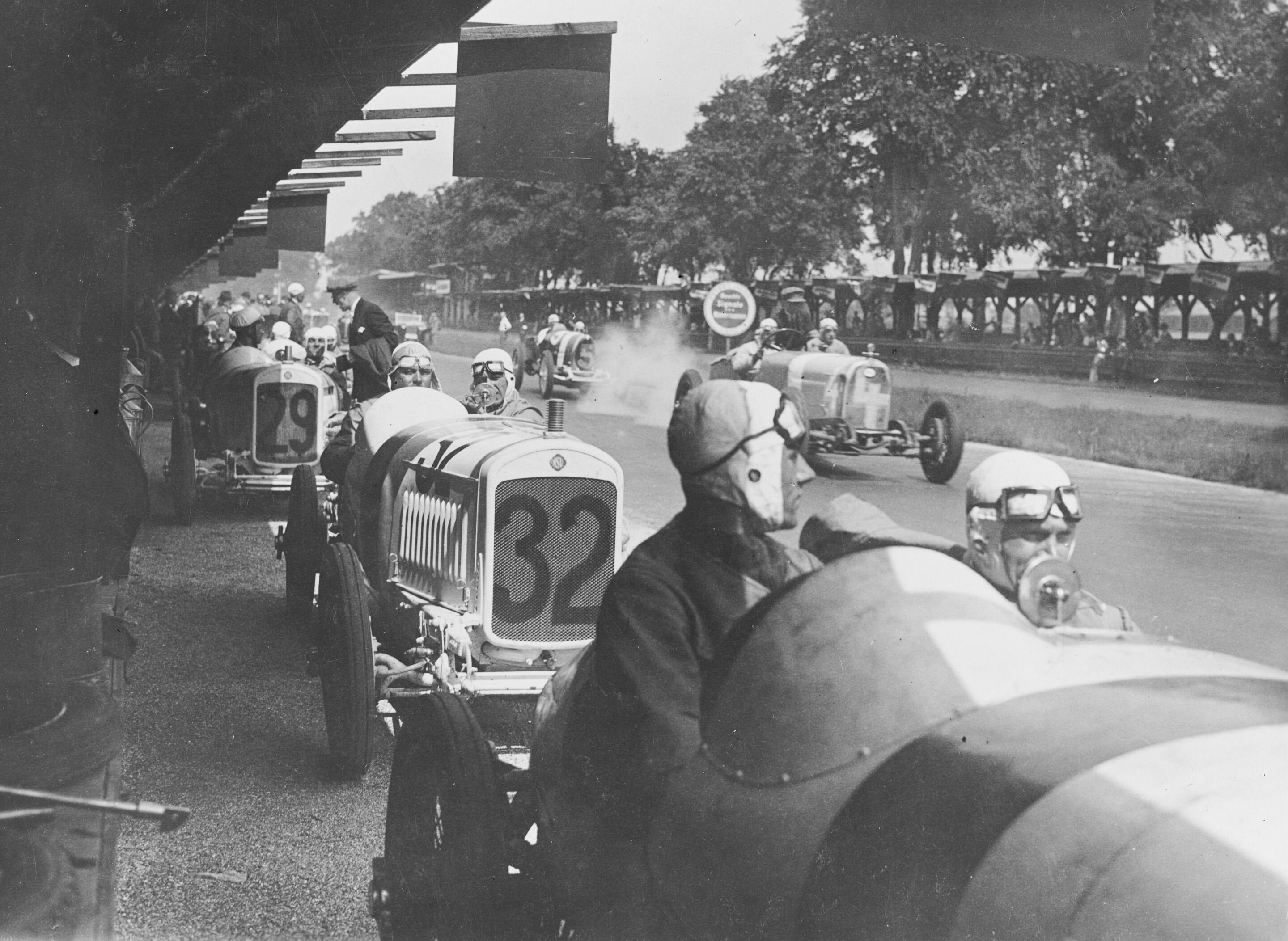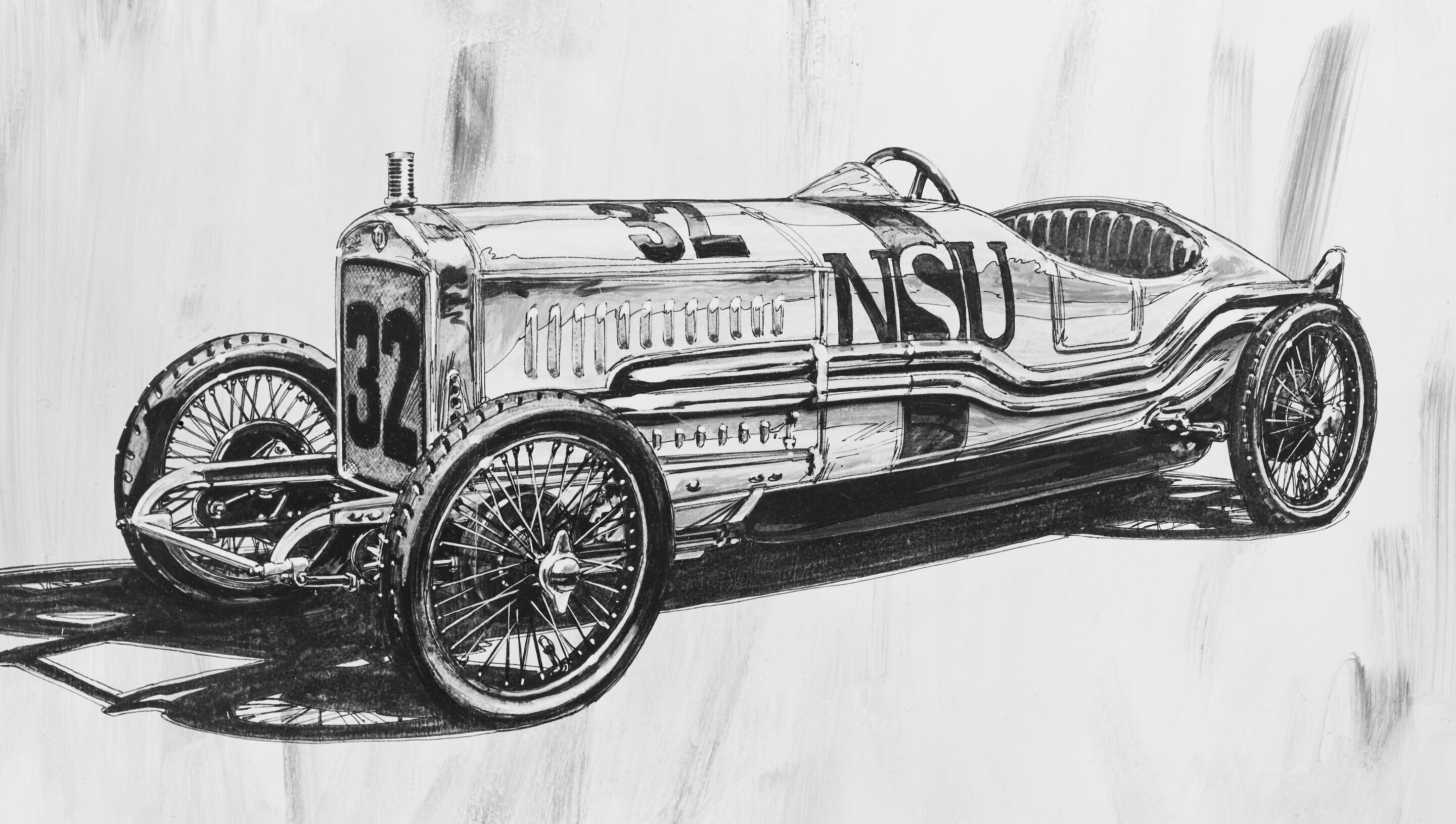Search
 Audi Tradition to commemorate numerous anniversaries in 2025
Audi Tradition to commemorate numerous anniversaries in 2025
After test drives in October 1934 with the Grand Prix racing car on the AVUS in Berlin, the Auto Union racing department started developing the vehicle that would later be known as the “Lucca” car. Just a few weeks later, in December 1934, it was presented during initial test drives on the AVUS. The record attempts were planned in Hungary but were moved to Italy at the last minute due to bad weather. The one-kilometer and one-mile records were targeted to be broken with a flying start on a five-kilometer stretch between Pescia and Altopascio. Test drives took place on February 14, 1935, and the next day, on February 15, the car piloted by Hans Stuck performed as planned and was heralded the “world’s fastest road-going car.” With a speed of 326.975 km/h reached near Lucca, the vehicle broke 26 world records and 13 international class records. The “Anniversary Dates 2025” booklet contains several additional anniversaries to discover, including 25 years of the first Audi victory at Le Mans and 25 years of Audi allroad quattro, 35 years of Audi duo hybrid vehicles, 40 years of fully galvanized bodies in large-scale automotive engineering, 50 years of the Audi 80 GTE, 55 years of the Audi 100 Coupé S, 60 years of the NSU Prinz 1000 TT and NSU Type 110, 75 years of the first post-war DKW passenger car, and 90 years of the Horch 850 series. A complete overview of the anniversary booklet is available in the Audi MediaCenter.
 Audi Tradition - Anniversary Dates 2025
Audi Tradition - Anniversary Dates 2025
Surrounding an open, tree-lined square are the vehicle delivery center, the forum with the Market Restaurant and the Avus Restaurant on the first floor, the museum, and the “Market and Customer” building. years 25 Audi Tradition 10 Anniversary Dates 2025 Presentation Audi duo In the fall of 1989, Audi developed the first generation of the Audi duo based on the Audi 100 Avant (C3) in collaboration with Pöhlmann KG, based in Kulmbach. This pioneering model made its debut at the Geneva Motor Show in March 1990. The vehicle was an Audi 100 Avant quattro equipped with a five-cylinder fuel-injected engine producing 100 kW (136 hp), combined with a 12.6 hp direct current electric motor mounted on the rear axle. This innovative setup demonstrated the feasibility of hybrid vehicles capable of emission-free driving over short distances. The electric motor drew power from a 181 kg nickelcadmium battery pack with a capacity of 64.8 volts and 8.4 kWh. The battery could be fully recharged in ten hours using a standard 220-volt household outlet. 35 years Audi Tradition 11 Anniversary Dates 2025 First Appearance Audi Coupé S2 In September 1990, Audi unveiled the Audi S2, the flagship model of the Coupé range, at the British Inter national Motor Show in Birmingham. Finished in striking Ginster Yellow, the S2 was designed to succeed the legendary Audi quattro, which had been in production for a decade. The ancestor of all subsequent Audi S models was powered by a turbocharged five-cylinder, four-valve engine. With a displacement of 2,226 cm³, it delivered 220 hp at 5,900 rpm, propelling the aerodynamically optimized coupé to a top speed of 248 km/h. A significant technical update in 1992 boosted engine output to 230 hp at 5,900 rpm. A newly developed six-speed manual transmission transferred power to the wheels. And power was abundant – thanks to the “Overboost” feature, which temporarily increased turbo boost pressure, maximum torque surged to 350 Nm at just 1,950 rpm.
 Imagined over 90 years ago, now brought to life: Audi Tradition presents the Auto Union Type 52
Imagined over 90 years ago, now brought to life: Audi Tradition presents the Auto Union Type 52
Just one year later, Hans Stuck set a world record driving the car on the AVUS circuit in Berlin. When the innovative Auto Union and Mercedes-Benz race cars burst onto the international racing scene, the legend of the Silver Arrows was born. Swift as an arrow, these legendary powerhouses captivated audiences with their futuristic design and revolutionary technology. While Mercedes-Benz favored front-mounted engines, Auto Union was the first to place the engine behind the driver. This mid-engine layout remains the standard in Formula One today. In the years that followed, Auto Union set several world records, winning numerous hill climbs, three German championships, and the European championship in 1936 with the advanced Auto Union Type C. And the rest is history... Or maybe not quite, as one part of the story has yet to be told. Few people know that while the Grand Prix race cars were being developed, Auto Union AG and the Ferdinand Porsche design office also planned a street-legal sports sedan. The concept papers called the vehicle “Schnellsportwagen”, apparently its intended marketing name. Today, with its distinctive characteristics, the car most closely resembles a classic Gran Turismo. The Auto Union Type 52, as the project came to be known, was intended to be sold to customers for driving in long-distance races such as the Mille Miglia or in sports car competitions such as the endurance races at Spa-Francorchamps or Le Mans. There was also talk of the car being a factory race car. Sporty dynamics and everyday suitability are listed in the Auto Union Type 52 design specifications As early as the end of 1933, the Porsche design office drew up the first design sketches, which took on a more concrete form in 1934. The project managers decided to build a test car – but as far as we know today, it never materialized. The project was abandoned in 1935, and its trail lost in the archives of Audi and Porsche. But the developers left much groundbreaking work on paper.

The forged and milled 21‑inch wheels are reminiscent of the so-called “AVUS wheel”, which Audi unveiled in 1991 on the Audi Avus quattro study. With its clear and uncompromising lines, this iconic wheel belongs to the DNA of the Audi brand. The entire wheel surface is matte and darkened for the RS e-tron GT performance, which intensifies the vehicle’s sporty ambitions. The interior: Sporty elements and sustainable materials Audi’s new CI also shapes the interior with redesigned seats, steering wheel, entry sills, and digital content. The light projection from the door has also been adapted. When the driver’s door opens, a red diamond with a red shadow appears; the S version features a white diamond with a red shadow. New wooden inlays in natural linear anthracite birch are available for the e-tron GT family; for the RS e-tron GT performance, they are also available in matte carbon camouflage to match the exterior. New interior features include applications in Vanadium, an anthracite-colored effect finish that appears differently depending on the lighting. The applications are available as an option for the S e-tron GT and come as standard in the RS models. The new e-tron GT versions have a steering wheel flattened at the top and bottom. For the RS models, the steering wheel comes with two red control satellites and optionally with a 12 o’clock marking. The seats have also been upgraded.
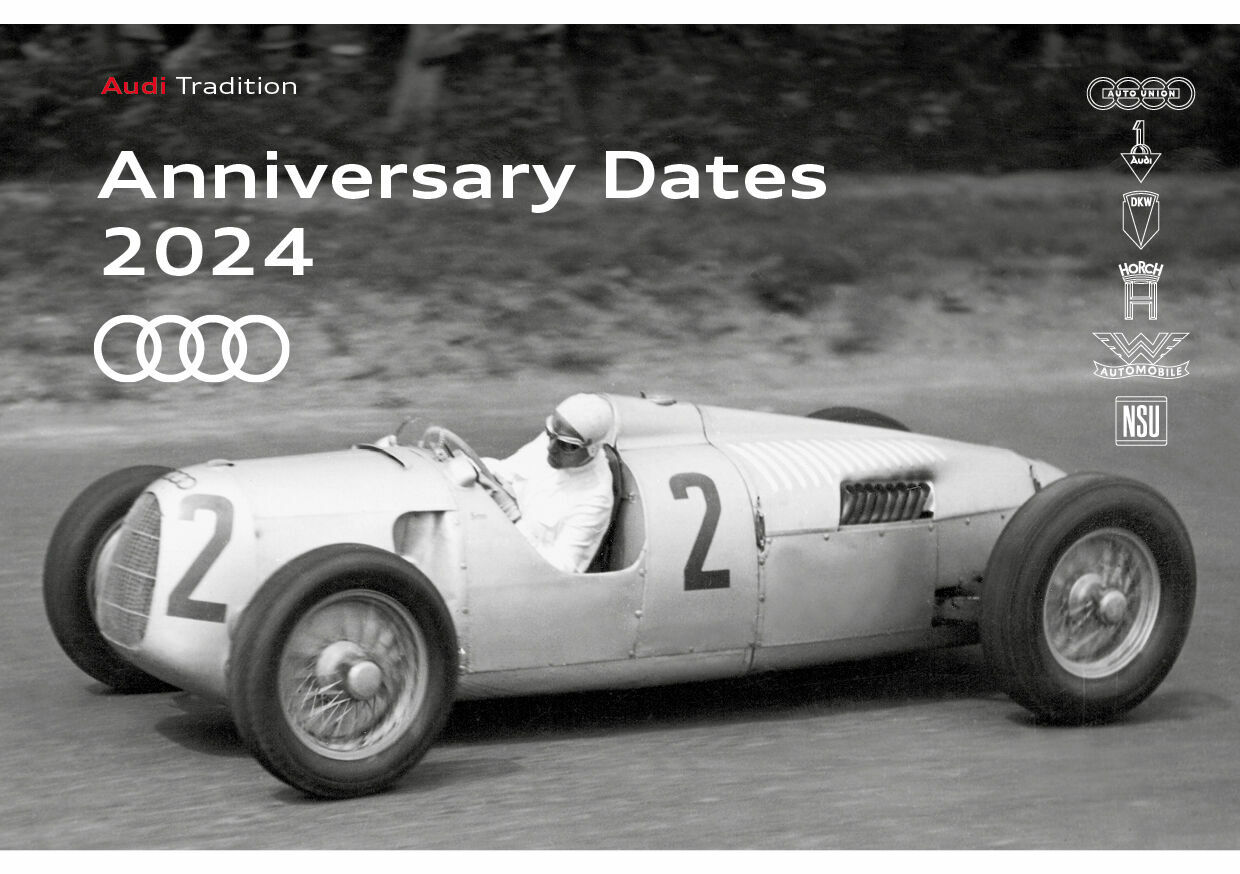 Audi Tradition to celebrate multiple anniversaries in 2024
Audi Tradition to celebrate multiple anniversaries in 2024
The Auto Union racecar made its first official appearance at the AVUS in Berlin on March 6, 1934, with Hans Stuck at the wheel. A few weeks later, on May 27, 1934, the Auto Union Type A, as it was called internally, made its debut on the international racing scene, ushering in the booming era of the Auto Union Silver Arrows.
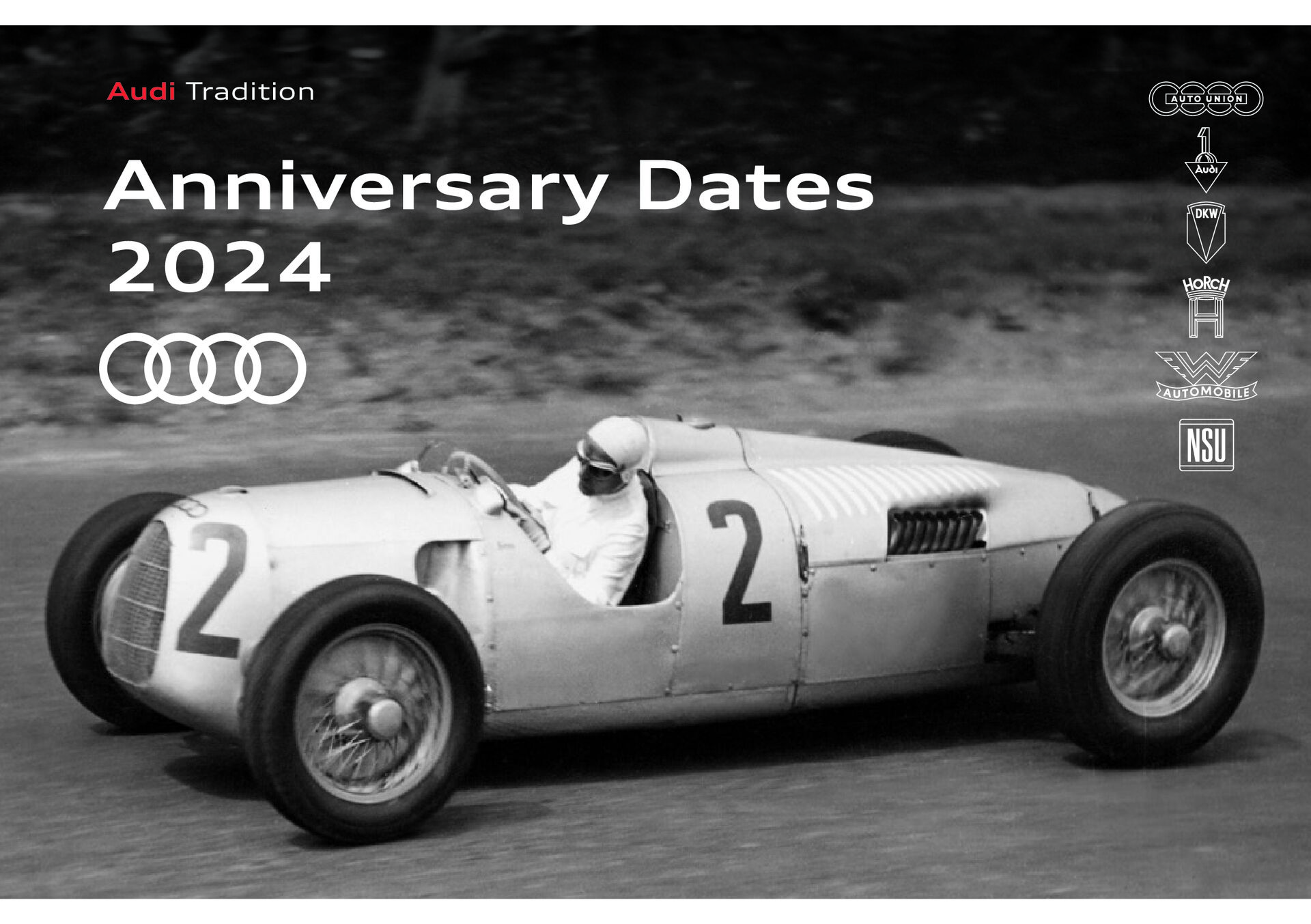 Audi Tradition - Anniversary Dates 2024
Audi Tradition - Anniversary Dates 2024
The car’s sporty features included 17” Avus alloy wheels, a sports chassis, sports exhaust, roof-edge spoiler and a six-speed gearbox as well as various visual modifications and Recaro sports seats as standard. With a top speed of almost 240 km/h, the S3 was one of the fastest compact sports cars, but it also offered plenty of room for four passengers and a reasonable amount of luggage. In contrast to the purely mechanically controlled quattro drive concept in the B, C and D segment, the S3 had a transverse engine platform and used the hydraulically controlled Haldex system that subsequently also became a well-known feature on Volkswagen models. This principle only delivers power to the axle with the better traction when there is corresponding slippage; normally power is only sent to one axle. Audi Tradition 6 Anniversary Dates 2024 In October 1994, Audi presented the successor to the Audi 80 series in the form of the Audi A4. During an economically uncertain period, Audi pinned great hopes on this new model, which was made ready for production in a record time of just 26.5 months. All expectations were smashed by the most rapid launch of a new series in the company’s history. Alongside the great commitment from the employees, this was primarily down to the simultaneous engineering that was implemented consistently in the development and preparation of the series. When the Audi A4 saloon was launched on the market in November 1994, it was available with six different engines and in four quattro versions. As well as featuring innovations like the four-link front axle or new five-valve petrol engines, it also succeeded in reversing the spiralling trend for increased weight. Every version of the A4 was much lighter than the previous model. Audi A4 Years 30 Audi Tradition 7 Anniversary Dates 2024 Years 30 Following the unveiling of the Audi A8 and the high- volume Audi A4 model, the previous Audi 100 series was also renamed the Audi A6.
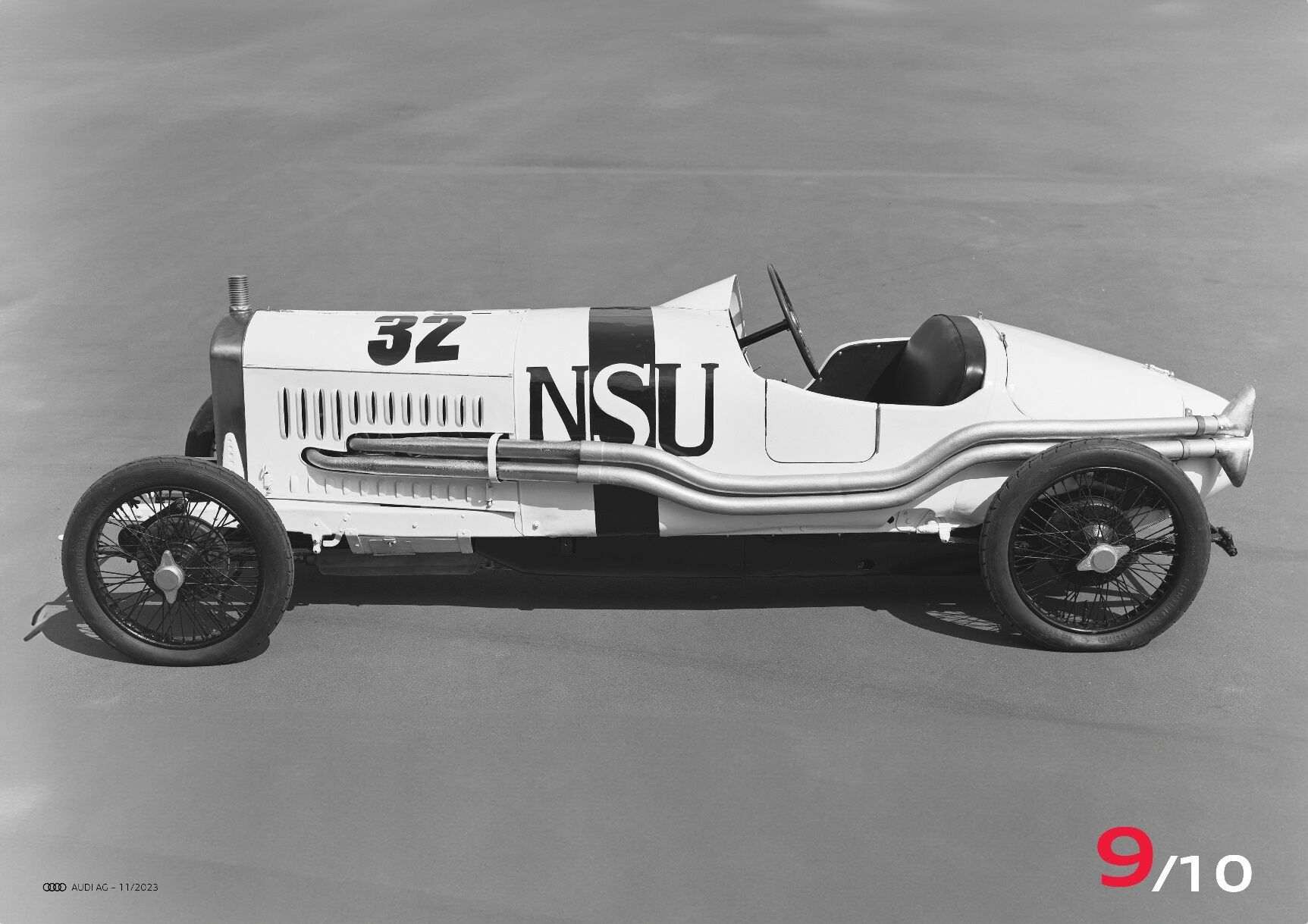 Quadruple victory for NSU Type 6/60 PS racing car at the German Grand Prix on the AVUS circuit
Quadruple victory for NSU Type 6/60 PS racing car at the German Grand Prix on the AVUS circuit
A quadruple victory by the white supercharged six-cylinder cars in their class at the first German Grand Prix on the AVUS circuit in Berlin in 1926 stands out in the story of NSU racing between the two world wars. In this ninth episode on the history of NSU to mark the brand’s 150th anniversary, Audi Tradition presents the pre-war NSU Type 6/60 PS racing car.
NSU participated in international automobile races as early as 1908. The company’s participation in the 1909 Prince Henry Tour — and numerous endurance and reliability races — was a great success. After World War I, the Automobil-Verkehrs- und Übungsstraße (AVUS) opened in Berlin in 1921. The circuit, which was closed to public traffic until 1940, served as the first race and test track in Germany to demonstrate the competitiveness of the country’s automotive industry. A “small” NSU, the NSU 8/24 PS, won its class at the first AVUS race in September 1921. The basic design of the racing version was the same as the production model; all the Neckarsulm-based company had to do was modify the car slightly to create an open-top racing two-seater. The company, then known as Neckarsulmer Fahrzeugwerke Aktiengesellschaft, returned to the drawing board and developed the NSU Type 6/60 PS specifically for racing. This racing car was NSU’s first six-cylinder model. The “6” designated its “tax horsepower”, which was necessary for classification in its tax class. The open two-seater had an output of 60 PS and weighed 830 kilograms (1,830 lb) with a top speed of 175 km/h (109 mph). It was built in 1925 and 1926 – regulations of the time meant it came only in white, the designated color for German racing. In 1925, the Neckarsulm-based company entered one of the new six-cylinder supercharged racing cars in the 450-kilometer International Taunus Race – and won.
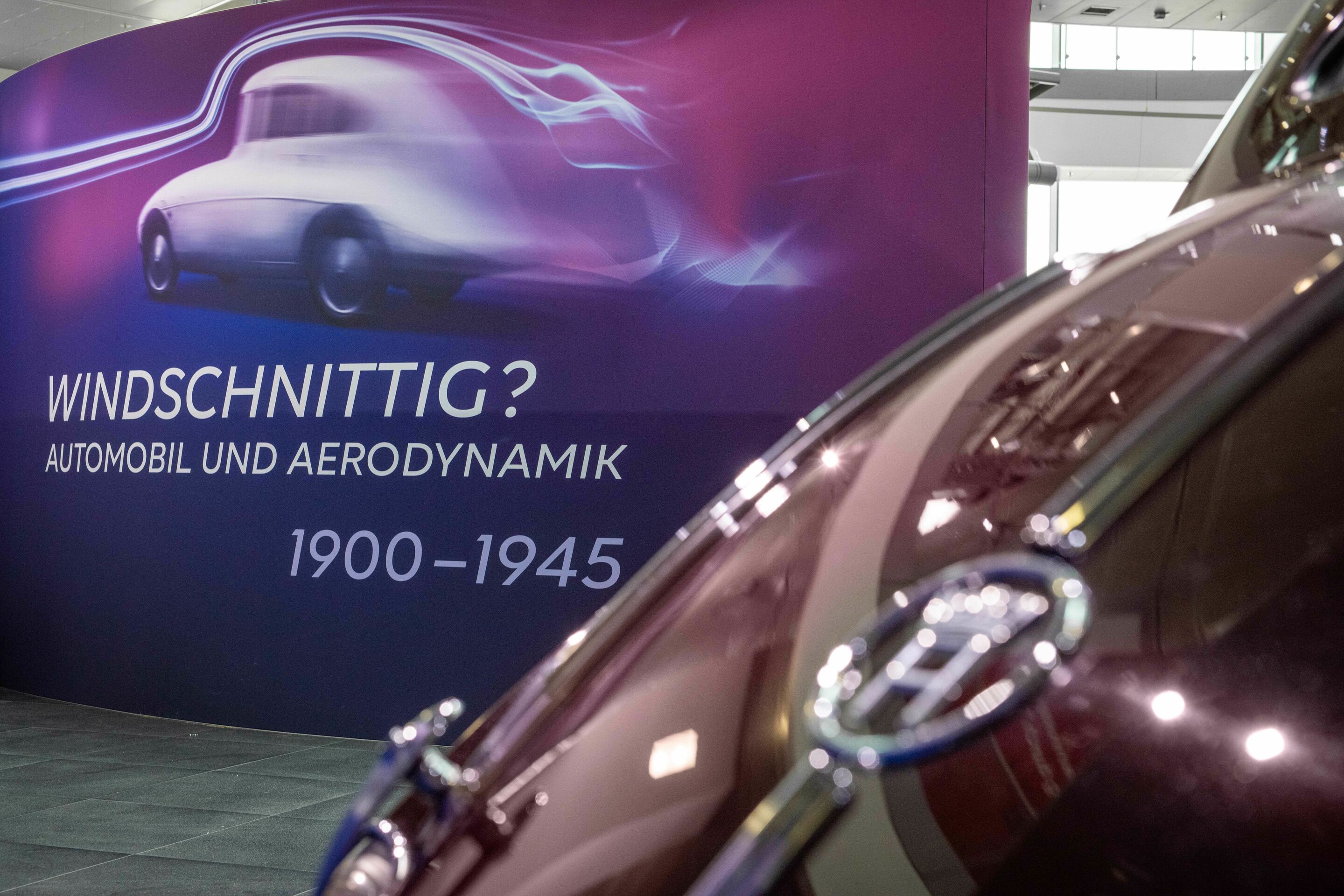 Things are going streamlined at the Audi museum mobile: new special exhibition on the history of aerodynamics
Things are going streamlined at the Audi museum mobile: new special exhibition on the history of aerodynamics
The streamlined car made its debut at the AVUS race in 1937, where it achieved record speeds of over 400 km/h (249 mph) in numerous record-breaking runs. The new special exhibition “Streamlined” at the Audi museum mobile presents the research and development, the driving personalities, and the basic aerodynamic concepts of the period up to 1945. Rare and unique vehicles are also on display – more than a dozen large exhibits. They document the remarkable combination of efficiency, sustainability, and design unique to aerodynamics. Stefan Felber, curator of the Audi museum mobile: “The highlight of our cross-brand special exhibition is the Audi Type C Jaray, which was completed in 2023. Experts had assumed that this car was built by Paul Jaray, based on a Audi Type K. During preparations for the special exhibition, the exhibition team’s research proved that this vehicle must have been based on an Audi Type C.” From December 1, anyone interested in how aerodynamics developed after 1945 can dive into its post-war history at the August Horch Museum in Zwickau. Visitors to the museum can look forward to almost two dozen large exhibits and other models in the follow-up exhibition titled “Form vollendet.” Thomas Stebich, who is responsible for both the Audi museum mobile and the August Horch Museum, emphasizes: “Our two-part exhibition series in both museums will present for the first time a comprehensive overview of the subject of aerodynamics from its beginnings to the present day.” From July 2024, the second part of the exhibition titled “Form vollendet” will move to the Audi museum mobile in Ingolstadt.
